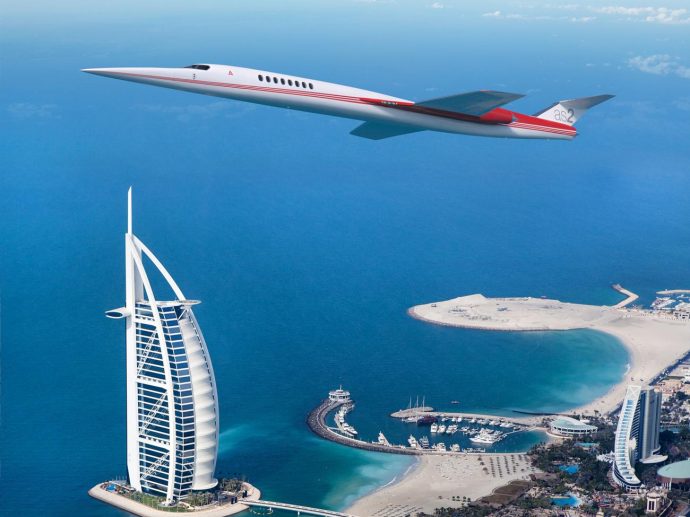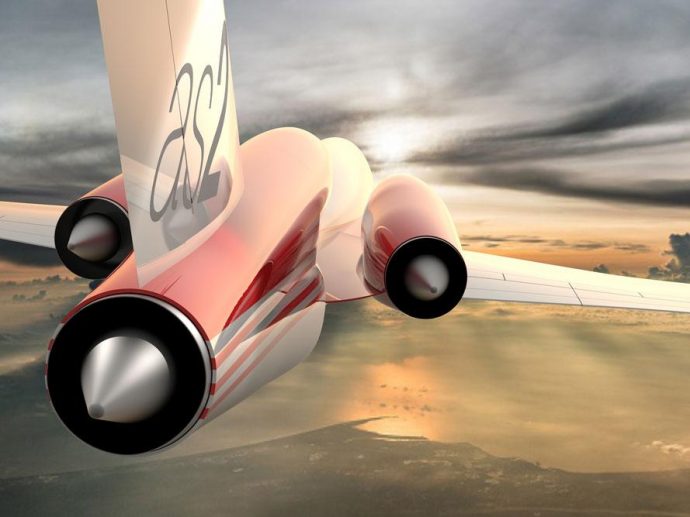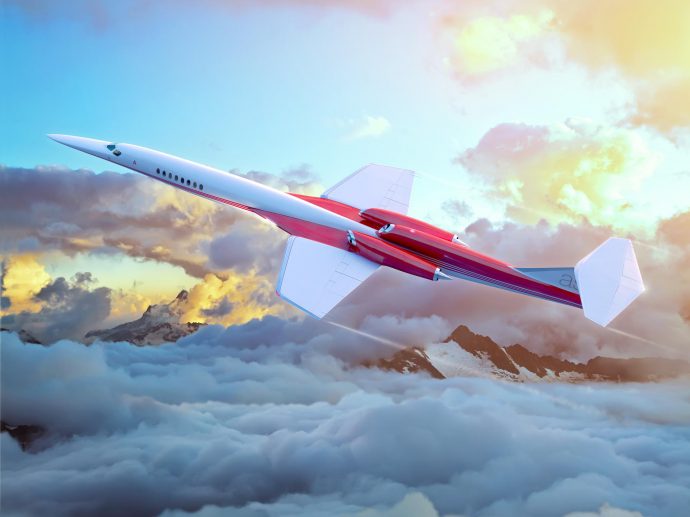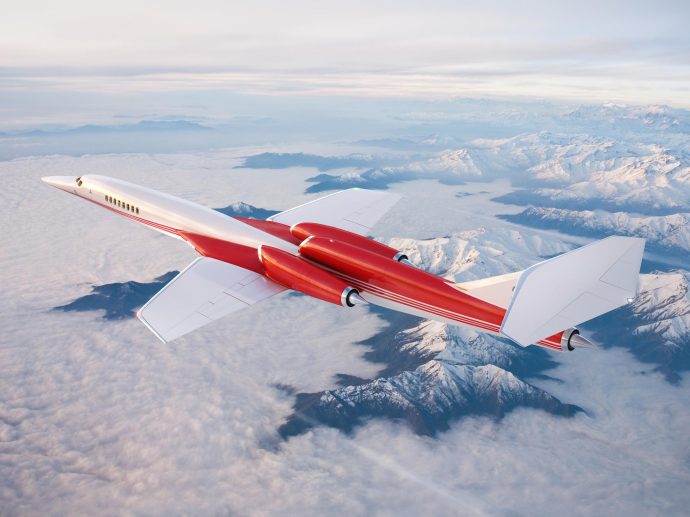Categories more
- Adventures (17)
- Arts / Collectables (15)
- Automotive (37)
- Aviation (11)
- Bath, Body, & Health (77)
- Children (6)
- Cigars / Spirits (32)
- Cuisine (16)
- Design/Architecture (23)
- Electronics (13)
- Entertainment (4)
- Event Planning (5)
- Fashion (45)
- Finance (9)
- Gifts / Misc (6)
- Home Decor (44)
- Jewelry (41)
- Pets (3)
- Philanthropy (1)
- Real Estate (15)
- Services (23)
- Sports / Golf (14)
- Vacation / Travel (60)
- Watches / Pens (14)
- Wines / Vines (24)
- Yachting / Boating (17)
Aerion Corporation’s Path to a Supersonic Renaissance
Published
11/17/2015Aerion Corporation is a design, engineering and aeronautical development company headquartered in Reno, Nevada. The company was established in 2002 to pursue the development of supersonic transport aircraft incorporating supersonic natural laminar flow (SNLF) technology.
In September 2014, Aerion entered into collaboration with Airbus Group to engineer, build, and certify the AS2 supersonic business jet. Under this cooperative agreement, Aerion supplies software design tools to Airbus Group on an exclusive basis, while Airbus Group supplies engineering and program management support to Aerion.
As a result of this deepening collaboration, Aerion has launched a search process to select a U.S. assembly site for the AS2. The site will be the new home of Aerion Corporation, which will be the OEM manufacturer of the AS2, owning the type certificate for the supersonic jet. Airbus will provide ongoing support to Aerion, including , potentially, the supply of major airframe structures.
Aerion introduced its first supersonic aircraft design, the Aerion Supersonic Business Jet (SBJ), to the aviation community in 2004 and opened its order book for this twin-engine aircraft in 2007, almost instantly acquiring 50 orders backed by refundable deposits.
The recession that began in 2008 slowed the company’s discussions with potential manufacturing partners for this jet. However, a robust R&D effort continued during that time, resulting in the 2014 announcement of the Aerion AS2, a larger, tri-jet aircraft employing Aerion supersonic natural laminar airflow (SNLF) technology. The AS2 evolved from the expressed wishes of potential customers for a larger, longer-range jet. The AS2 has a maximum speed of Mach 1.5, about 70 percent faster than today’s fastest subsonic jets. Supersonic range objective is 4,750 nautical miles, and long-range-cruise range at Mach 0.95 is projected to be 5,300 nautical miles. The elegantly appointed AS2 cabin has the cross-section dimensions of today’s long-range jets with seating for eight to 12 passengers.
Aerion projects first flight of the AS2 in 2021 with entry into customer service in 2023.
The crucial work of developing and patenting SNLF technology began in the 1990s and was conducted by a predecessor company, ASSET Group (Affordable Supersonic Executive Transport), led by Dr. Richard R. Tracy, an expert in hypersonic and supersonic design.
In 1999 and 2000, ASSET performed supersonic test flights in collaboration with NASA’s Armstrong Flight Research Center (Formerly NASA Dryden) confirming predicted levels of supersonic natural laminar flow—the enabling technology for a new generation of efficient supersonic aircraft.
Recognizing the potential of the SNLF concept, an investor group led by Robert M. Bass formed Aerion in 2002 to acquire ASSET and its team with the aim of commercializing the company’s supersonic technology.
Since that time, the company has amassed more than 40 patents and the world’s largest knowledge base on SNLF-based supersonic transport technology. It has conducted several follow-on flight tests in conjunction with NASA, confirming and refining SNLF concepts.
Aerion has worked with the University of Washington Aeronautical Lab, the European Transonic Wind Tunnel, and other leading international research organizations to optimize the design of a supersonic jet.
In conjunction with a team of Stanford University aerodynamicists, Aerion developed and refined computer design tools for the analysis of transonic and supersonic airflows and the aerodynamic optimization of a supersonic jet. In 2012, it acquired Palo Alto-based Desktop Aeronautics (renamed Aerion Technologies) to better integrate its operations with the Reno engineering office.


















